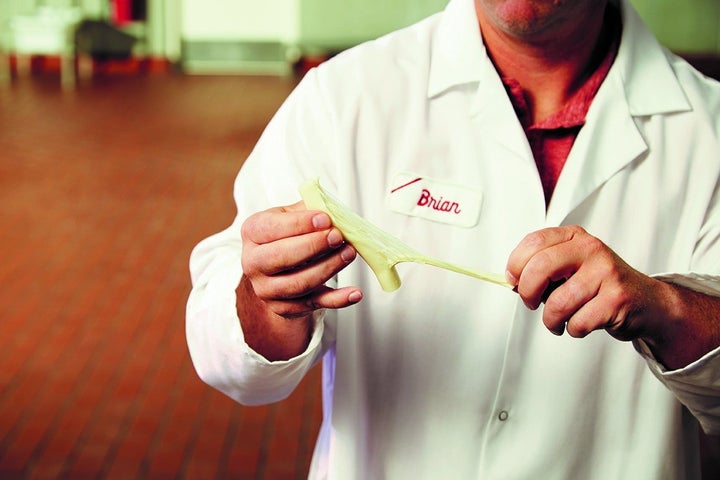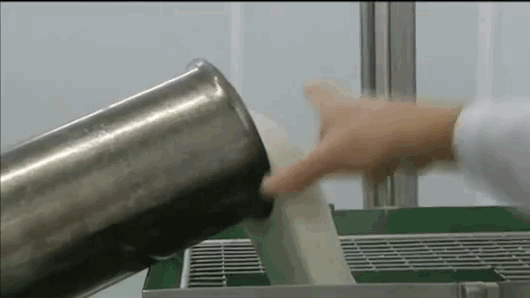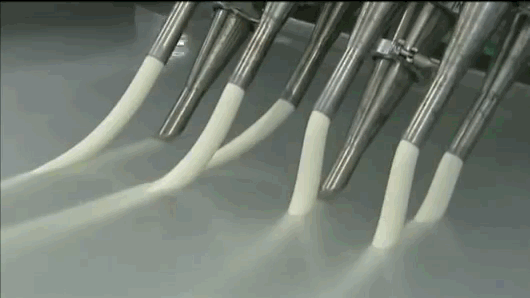
Unless you’re a cheese-making professional, the process involved in crafting cheese is not part of your general knowledge. And it shouldn’t be. But if you’re a fan of string cheese ― which you should be ― and you’ve ever wondered why in the world it strings when other cheeses don’t, it’s time to delve a little deeper into the cheese-making world.
First, we want you to know that the string-ability of cheese is a result of how the cheese is made and not some scary additive put into these mass-produced food. So go ahead and keep enjoying this snack.
So, what is string cheese, exactly?

The answer is a simple one: it’s mozzarella cheese. Jim Wallace of the New England Cheese Supply Company assures us that it is in fact just mozzarella cheese. It’s made with the same simple ingredients: milk, culture and rennet.
Actually, string cheese cannot be created using the process of any other cheese aside from mozzarella, because mozzarella is the only cheese with that peel-apart quality, explains Brian Baker, president of award-winning string-cheese company Baker Cheese. Those cheese sticks made with other cheeses are not string cheese ― they’re just a snack cheese, explains Baker.
So why does one string and the other not?
It’s all about the process, say Wallace and Baker. And the alignment of protein.

When making mozzarella cheese, the cheese curds are heated to melt all the ingredients together into one cohesive molten cheese mass. This heating starts to move some of the milk proteins into alignment ― but not completely. Once the curds are melted, regular mozzarella is often pressed into a block or stretched and rolled into a ball. At this point, the mozzarella has a peel-able quality to it.
In order to turn the mozzarella into string cheese, instead of being formed into a final shape, the cheese is further stretched and stretched. This was traditionally done by hand, but now in the mass production process, it is mechanized. Baker says the stretching and the shaping of the cheese into ropes “further aligns the milk proteins and allow the cheese to literally come apart in strings.”

And there you have it.